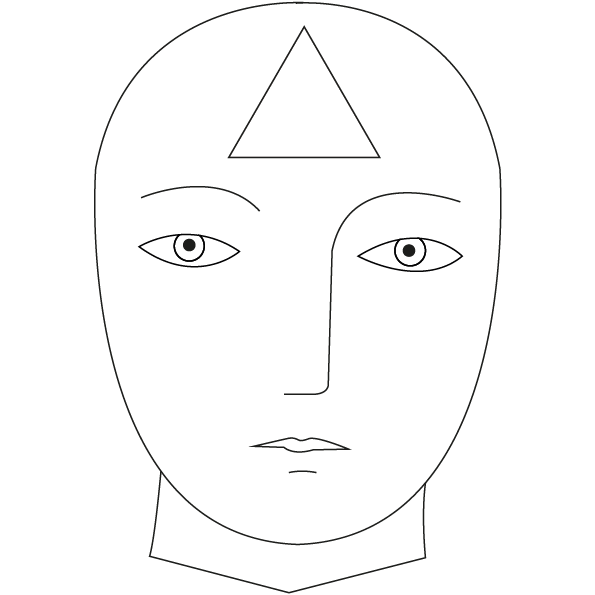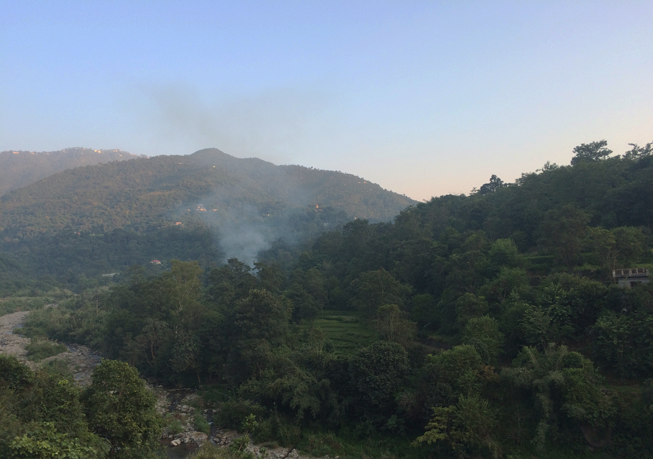
India
I’ve been fascinated by India for a long time. Following my passion for new educational approaches and methods, in October 2017 I decided to visit the most – to me – confusing country in the World. That was a period of my life during which I was confused too, and the confusion I found around me when I got there forced me to be more calm and rational inside.
The first time I met Dr. Danesh Rowshan, the principal of Glory International School (GIS), was thanks to a common friend, Shady, in Milan. I was immediately drawn to that old peaceful man who told me about his tiny school in the north of India and about his dreams to create a place “where children are taught to improve not only in their studies, but also in their ethical integrity, in order to become good human beings”.
Dr. Danesh Rowshan and his kind wife, Mrs. Zohreh Rowshan, welcomed me at GIS in Kotbeja Teh. Kasauli, a small village buried in a beautiful forest, not too close – but neither too far – from the indian side of the Himalayas. I stayed there for about a month.
During that period I designed a laboratory for the high class of the school (12 - 16 years old boys and girls). I decided to experiment a different way of teaching and to work together with them on the creation of their own vision of the future. I just asked them to improve what they had around themselves – or, at least, – to be designers of their own Life.
5th OCT – 6th NOV 2018: CREATIVITY LAB. TO THINK AND TO PROTOTYPE AN IDEA THAT CAN IMPROVE OUR WORLD
OK, I’m here. And now, what?
This was the first question I asked myself when I woke up the day after my arrival at GIS. I was suddenly plunged into a completely different culture, language (verbal, non-verbal and paraverbal), way of thinking and of seeing reality. I was so shaken I felt a sort of internal black out going on.
“I need a plan” I said to myself.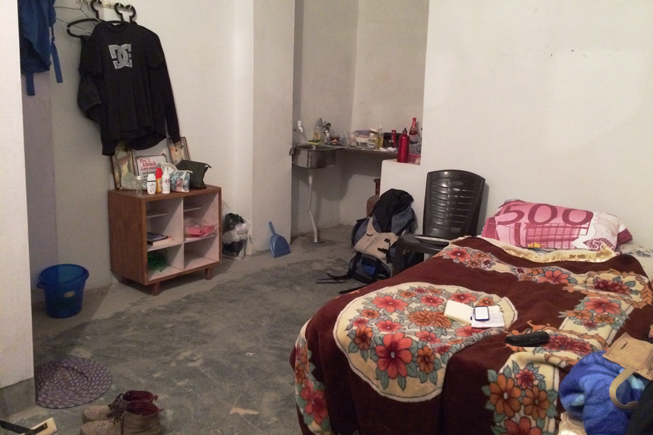
1 – Understand The Situation
The first thing I did was to observe them and the framework around and between them. I literally spent days with them doing nothing but: observing how they played together, trying to understand who were the leaders of the group, trying to learn which were their languages; I exchanged few words with them, in order to discover more about their life, but not enough to allow them to know too much about me.
I also attended some lessons, asked other teachers how they usually managed their hours with their students, tried to stick in my mind all the habits they had (like the prayer they recited at the beginning of every day or the greetings to the teacher before the start of a new lesson or the tea-and-biscuits break) and how much time was necessary to them to make all these actions possible.
Timing is fundamental to me, but I will talk about this topic later.
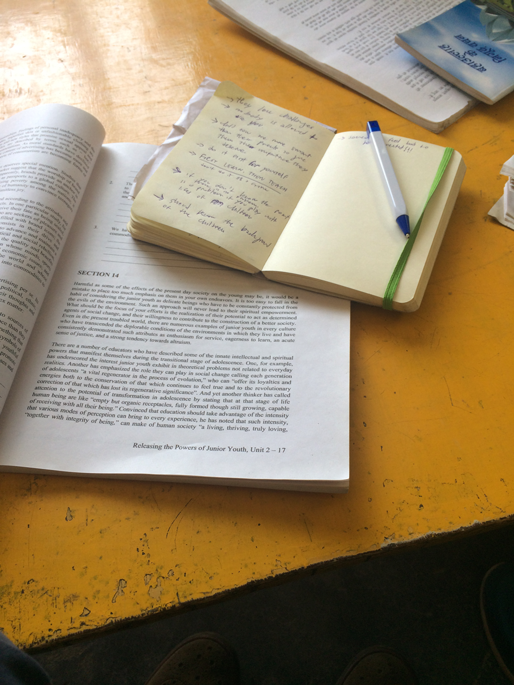
Intro
One of the most important things to know is how to break the ice.
They can consider you a fool, a person like any other – it can’t be so bad – or their new idol.
I usually just talk about myself and what I’m really feeling in that moment. We are both (me and the students) humans, and I knew they could feel me, my fears, my passions, my truth and my lies. Everytime I spoke with the heart on my sleeve, it worked. But maybe this works only for me. In conclusion, what I suggest you is to find your way to express who you are in few minutes. Using your own words. Or by singing a song. Or by dancing. So, do what you want, but remember: you must be resolute, you need to be their leaderA.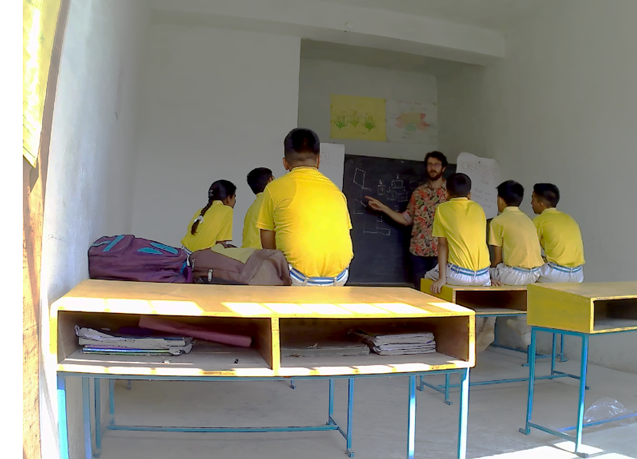
Ah, in my experience, the way you dress is important too ☺
Beginning
The first difficulty – after introducing myself – was to let them understand the work we were going to do (especially because I, too, didn’t exactly know everything about it. I will say something more on this topic later). I faced children that didn’t have any idea idea of what designing something meant. And, in parallel, I decided to work in a different way compared to their teaching routine.
At Glory School they receive a severe (but, at least, good) education, based on the respect for their teacher and some traditional rules like standing up when the teacher enters the classroom, or asking permission to leave and come back to any room inside the school.
Following the goal of my Lab, I decided to suspend some of these rules and also to change the disposition inside the classroom – they could sit where they wanted – to be confortable wth themselves: everything was re-designed by me to let them be more free to think in a different way, outside the box, starting from what they had around them. This was very important because it made them start to think that to change is possible, that rules are not unbreakable, that you can modify them, even if just a little bit. It was very difficult (and maybe not totally proper) to let them overcome, during the time they spent with me, their rules, and to open their mind to new ones.
EDIT: I noticed later that this kind of modifying their view on the reality around them could appear much too invasive and somehow was similar to forcefully imposing my way of thinking on them. This is a good comment that Fabrizio, a good mentor from PACO, indirectly told me while we were talking about a similar situation on another project I was involved in. Far from finding an excuse for my work at GIS (especially because under no circumstances I could have now changed what I did), I’m sincere when I say that I always let them make the last decision about everything. I just proposed them some options (this is confirmed by the fact that they decided – for example – to keep on asking me if they could enter the classroom, even when I told them it was not necessary), but the last word was always their own.
2 – Understanding people
Another important thing is trying to understand who you have in front of you.
I worked with 9 students, 6 boys and 3 girls, between 12 and 16 years old. Everyone with his or her own behaviour, skills, strengths, weaknesses. I tried – before working with them, but especially while I was working with them - to understand them. To feel the people I was together with. In the first place it was really hard because it is hard in itself to understand some other human being in such a short time; in the second place it was complicated because of the different mindset I explained before. A good teacher – to me – is one who tries to put everyone in the best conditions he/she could be in.
Rules no-rules
We start with two simple rules: to Respect and to Trust each other.
Then, step by step, together, we begin to introduce new ones. The final list of our rules was:
- to Respect (each other)
- to Trust (each other)
- to not have any limits
- to never impose your opinion on others’ opinion
- to take your own time and your own space, but (at least) to do something (even if it is a little something)
- everyone can make mistakes: it’s OK!
- to reach The Goal!
Time: timing is fundamental to me
Your Time is your Life or your Life is your Time. That’s simply why I consider Time so important. Everyone needs his/her own Time, everyone has his/her own timing to do everything: eat, sleep, run, study, learn, love, cry… everything.
That’s also why we inserted the rule “to take your own time and your own space” and why, to me, another quality of a good teacher is to respect the timing of each student.
Creativity Laboratory: the brief
The name I gave to the series of meetings we had together was: Creativity Lab - to think and to prototype an idea that can improve our World.
What was the meaning of OUR? What surrounds you: the Glory School, your own village, India or – why not – the entire World. So I asked them to work on themselves or on what they had around them. Without any limits, except one: anything they wanted to do, it had to be realizable. It had to work for real in everyday Life.
General Structure
After giving them the general brief, I imagined the general structure of my Laboratory. I thought it had to be simple: just two parts, one theoretical and one practical. I supposed that the better thing would have been to let them work in small groups (it’s easier) and immediately after – connected to the rules we decided menwhile – it started to be clear in my mind not only to work with them on a project (whatever it was) but also to check on their behaviour as a group of people working together.
3 – I didn’t exactly know all about it
I said “I imagined”, “I thought”, “I supposed”, “it started to be clear in my mind”: what all those expressions have in common is their time dimensions. All of them are makeshift, made on the moment. I just had some ideas but I designed my Laboratory while it was already taking place. I’m not saying this is the correct way to act, of course. What I’m saying is: if you want to have a human-based work, especially if you work in frameworks that are so distant from the one you come from, you need to be flexible. To be able to adapt yourself in a short period of time. As it happened to me, even from one day to another.
I asked them to divide themselves in 3 teams, each one composed of three individuals. Then, I asked them to elect a leader for their team, explaining them the difference between a leader and a boss: the first one works with the others, the second one imposes his/her opinion on the others. The leader of the group could be changed every time they decided it. It was – again – their choice. I immediately gave them responsability on every decision they would take during our lab.
4 – Goals
One of my goals was to let them be able to work together as a small society. That’s why – instead of dividing them into 3 teams – I said to them I would still consider them as a unique class: so they had to work with their team but, at the same time, be able to understand their team wasn’t in conflict with other teams: they could collaborate (and so it happened!). There were two different explicit goals: one as a team, one as a class. All the teams had to complete their works. If some teams didn’t complete their own work, all the class resulted in not having done so.
Feedback
According to most of what I said before – in particular regarding the flexible-human based approach you should have – it’s very important to maintain a continuous dialogue with the students. First of all you need to do that in person, but of course, you could ask for a precious help: feedback. These data – you can collect them in different ways – even if not completely precise, will certainly be the most important base on which you are going to build the next step of your work. The most accurate they are, the most you can act according to their needs (and without being too much invasive).
Reminder: sometimes these data may not be adherent to the truth for different reasons (examples: they could be tired while compiling your feeds or they don’t know what to say and so they copy from their classmates, and so on). Here’s the moment when your superpower enters the game: your instinct.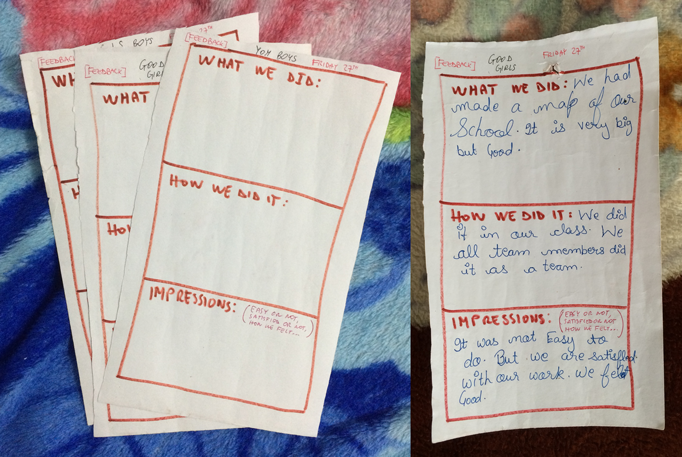
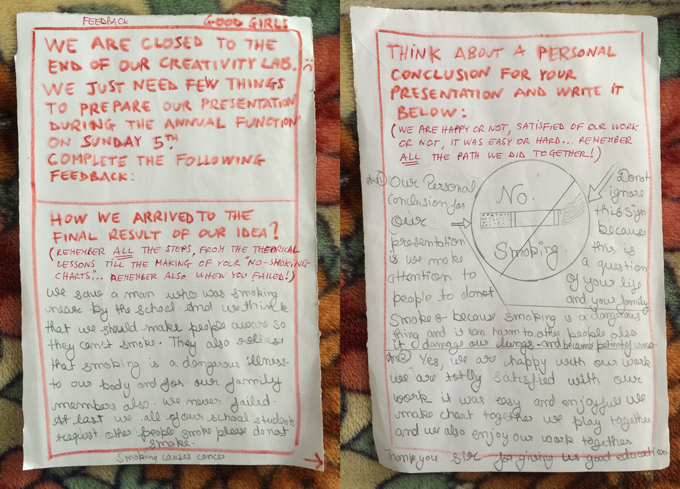
5 – Your killer instinct
I can’t say nothing here because it’s all about YOU. Can you say exactly when you understood that person was the love of your Life? Or can you describe exactly why you didn’t that seller basing your judgement only on his appearance? It’s all about feelings. And empathy. Put yourself in their shoes and they will believe in you. I’m sure this will prove to be the right choice. You also need this superpower to be a good teacher, according to me. The only thing I can say about ‘how to gain it’ is that it comes through your experiences and it grows with new ones.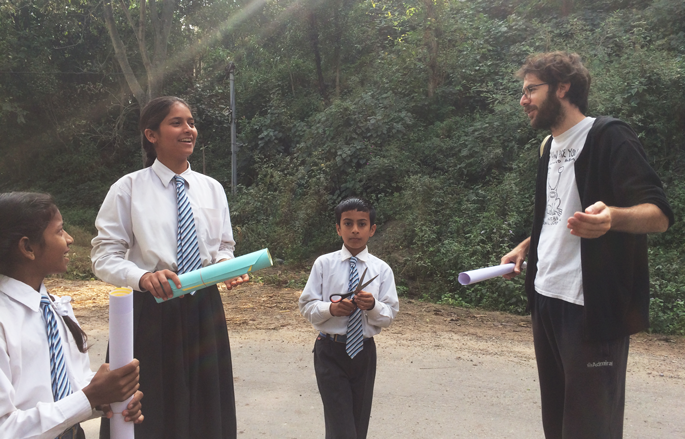
Theory & Practice
As I said some paragraphs before, one of the two part of my Creativity Lab was about all aaround theoretical.
To reach my goals as a guide-liner (teacher seems too much for me) and to let them reach their own, I needed to gave them some theoretical bases. I’ll be a little bit quick here, without entering into boring details, just making a list:
- how to make a project, part 1 (brainstorming, concepting, etc.)
- how to work together with other people (difference between a leader and a boss, defining an identity for their team > Team building)
- how to make a project, part 2 (naming, claim, logo, identity of their idea)


*to Swati: if you are reading this article, i'm sorry for having published this pic about you! But, I swear, you are beautiful :)
6 – Team bulding
This is not just about making them work better together, but it is also about giving them a civic education as part of a bigger community and a global society.
Using some exercises inspired by CTF - Campo Teatrale La Fabbrica, a theater school founded by the actress and theatrical director Nicol Quaglia, I tried to improve their sense of being part of a group, helping each others in every situations, acting like they were just one person instead of many people, feeling each other like a single body. This was very difficult because it had to be daily work, but I tried. There is also a politic – apartitical – view sustaining this point: it’s so, so important to start introducing a social education based on the idea that we are one big family and to collaborate is better than be competitive with each other, if we want to grow as a human society.
These were followed by a more practical part during which they were asked to realize their project idea. It was composed by:
- research and data collection
- starting to prototype (try, retry, try again)
- final realization
The last part was about how to present their idea to others. So we did a power-point presentation about our work and its final results. It was great and we were very satisfied! ☺
Behind the scenes
I was very very very excited during the production of the Creativity Lab because it was the first time I could apply what I studied and what I had in my mind about education. But it was not easy.
I worked with them during the day, and by myself during the night. I had to prepare for them the best possible tools to allow them to work in the best possible conditions, to undestand them in the best way I could (meaning learning about them in a short period of time) and to be always ready to change my plans while they were going on with their project.
Punishment no-punishment
If I think back at the experience I had at Glory International School, I can consider myself really really happy.
The only moment of difficulty I had was when they lied to me. I chose not to punish them but just to let them be conscious of what they did. They were held responsible for their actions. It was the same with every action or situation we had together. As our rules said, to Respect and to Trust each other is very important: these are the main laws of behaviour. When you use your power as a teacher to beat them, or you force your opinion on theirs, to me, you are not doing your work in the correct way. You must be part of their group, they must respect you and recognize you as a leader. This is the only way you can work according to everything you have read about my project.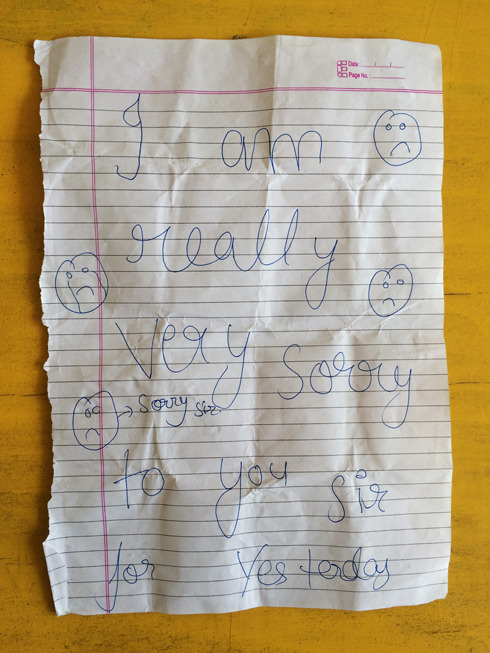

7 – Equilibrium
Some parts of this project – the great majority of them, actually –follow scientifical theories about education. But, if we look closely, other ones are left to one’s own skills. It could seem strange to someone, but nothing like teaching is human-based work. You need, as I highlighted many times in this paper, to understand the human beings you are working with because everyone is one of a kind; you need to feel them everyday because they lead another life – exactly like you – outside of school, with its own problems; you need to be part of them by being respected by them, not overcomed; you need to use your instinct because sometimes, maybe, someone is not in the proper mental state to follow your class; remember that it’s you that must be able to find the correct tools to let them work in the best way they can. There is no final formula to be the perfect teacher, because teachers – as every other human being – aren’t perfect. This is the last advice I share with you following my experience at GIS.

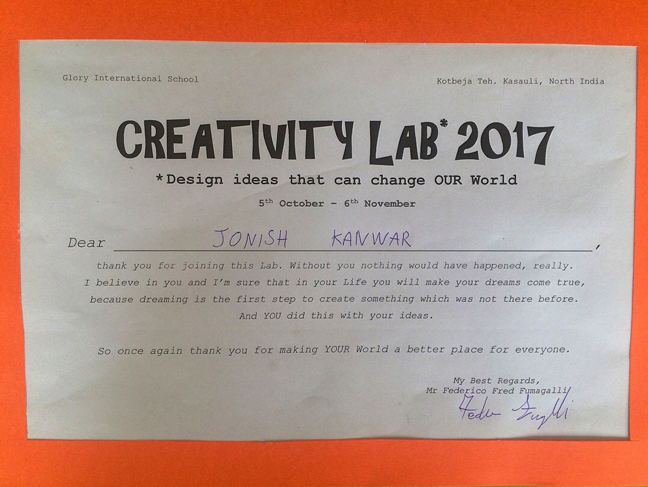
In the end, I’m happy because me and the youth of the High Class worked very hard and the results, given our possibilities of development, were very good.
Just let me say thank you to my ex-students: Aksit, Geetanjali, Ishneet, Jonish, Khayati, Rauhl, Rohit, Suraj, Swati, and to all the teachers who worked with me. Special thanks to Mr. Manish, Miss Madhu and to my indian parents Dr. Danesh and Mrs. Zohreh Rowshan.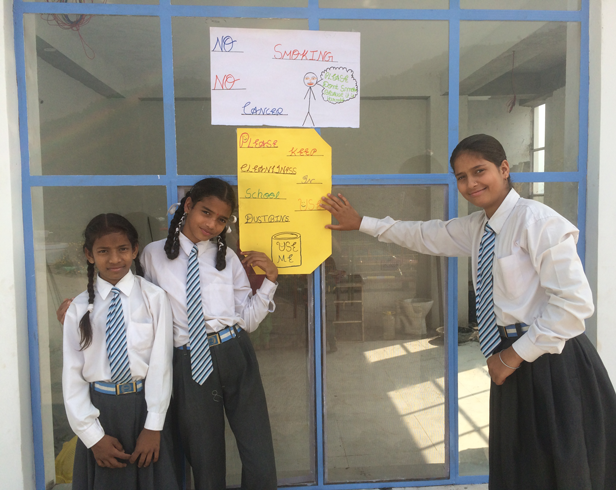


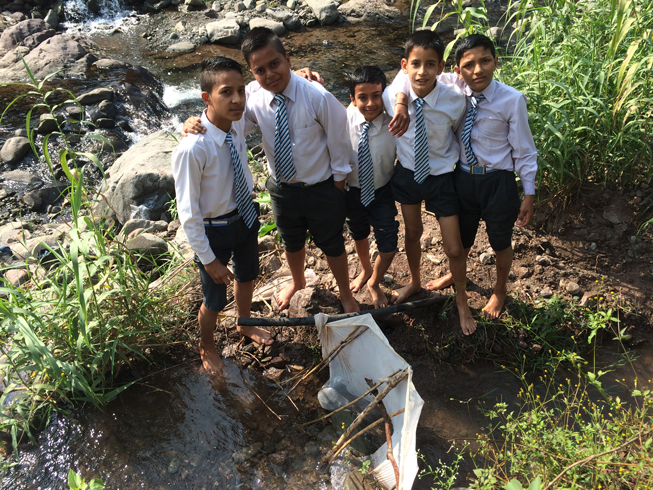

I will never forget about my time at GIS and my time with you, and I hope you’ll remember me as well!
